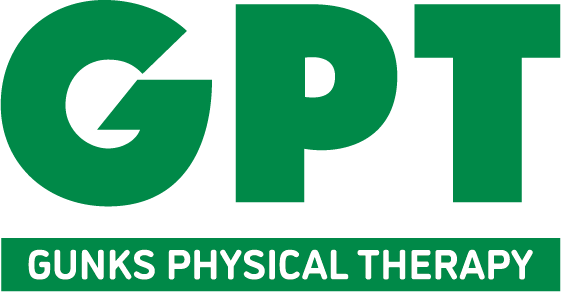Scoliosis is a complex condition that affects the three dimensional curvature of the spine. There are different types of scoliosis, with the most common being adolescent idiopathic (meaning “unknown origin”) scoliosis. Scoliosis can affect people of all ages, but it is most commonly diagnosed in children and adolescents, and is generally more common in females than in males. While the severity of symptoms can vary, younger patients do not commonly have pain associated with their scoliosis.
Research has informed current best practice, which is to address the onset of scoliosis with active interventions such as targeted exercise. The term PSSE, which stands for Physiotherapeutic Scoliosis Specific Exercise, of which the Schroth Method is included, was coined to describe these customized methods. A Schroth therapist can work in conjunction with an orthopedic surgeon and an orthotist in a team approach to monitor the patient’s progress and to provide the appropriate interventions.
Treatments for scoliosis can also vary, depending on the severity of the curve and the age of the patient. Possibly the most proven, best-researched, and non-invasive treatment option that has emerged over years of clinical practice is the Schroth Method. Recognition of Its benefits and long-term, proven effects has made the Schroth approach to scoliosis one of the best options for scoliosis patients and families.
The Schroth Method involves a highly customized exercise program designed to improve posture, and the balance and alignment of the spine. The Schroth Method was developed based on the principles developed in Germany when Katarina Schroth devised ways to treat her own scoliosis in the 1950s. Her pioneering work has since been continued by her daughter and teams of other physiotherapists, surgeons, and orthotists.
A customized Schroth program requires a commitment on the part of the patient to doing exercises on a regular basis. Usually, patients are asked to perform exercises at least 5 days a week, for about 30 minutes a day. The exercises are designed specifically for each patient’s individual curve and unique set of problems. These exercises are incorporated to address the imbalance of the curve, and to improve the symmetry of the spine by engaging the musculature that supports the back.
Schroth exercises are meant to be done in a slow and controlled manner, with a focus on recognizing the correction, how it feels, and how to implement it into daily life. Think: walking, sitting and standing postures, as well as other activities. Schroth exercises are designed to strengthen these muscles in that improved posture. These postural improvements can have long-term effects on pain and discomfort, can arrest or improve the progression of a scoliosis curve, and can improve the patient’s body image and self-confidence.
Often, scoliosis patients will tell us that avoiding surgery is one of their main goals. While surgery is sometimes necessary for severe cases of scoliosis, Schroth therapy can be an effective alternative for many patients. By enabling patients to learn how to improve their alignment and become stronger, we can reduce the need for surgery, or in some cases, avoid it altogether.
Scoliosis can also have a significantly negative impact on self-esteem and body image, especially in children and adolescents. Scoliosis interventions can help to enhance self-esteem by improving posture and aesthetics. Patients often report feeling more confident and self-assured after they have been shown how a customized program can help them control and improve their scoliosis curve.
Am I a good candidate for the Schroth approach?
The Schroth method is a patient-centered approach to scoliosis treatment. Patients are taught how to perform customized exercises correctly, and they are encouraged to practice them regularly at home. This helps to build confidence and independence, which is invaluable for long-term management of scoliosis. Schroth therapy can be used to treat scoliosis in patients of all ages, from children to seniors. Overall, it can be an effective way to stop the progression of the scoliotic curve. By focusing on breathing, corrective exercises, and postural correction, patients can improve their spinal alignment, reduce muscle imbalances, and promote improved posture. With regular practice, Schroth therapy can help patients with scoliosis to manage their condition, improve their quality of life, and avoid the need for more invasive treatments.
With that said, it should be noted that it is vital for the patient to recognize their active role in this therapy. The patients who achieve the best and longest-lasting outcomes are those who take the time to learn the exercises, and commit to doing them consistently for an extended period of time. I tell my Schroth and other back pain patients, “It is like brushing your teeth. You need to do it consistently, not only when you feel pain or notice a problem.” Once you have a good understanding of your own exercise program, you will be taught how to keep doing them regularly on your own, at home. “Check-ins” can be scheduled to monitor your progress and to make sure your exercise form and selection is good.
If you or a loved one has scoliosis, consider exploring Schroth therapy as a treatment option. With the guidance of a skilled Schroth therapist, you can take steps towards improving your quality of life and managing scoliosis for the long-term.
You can find further scoliosis resources here:
Research regarding scoliosis and PSSE (Physiotherapeutic Scoliosis Specific Exercise) available here:

